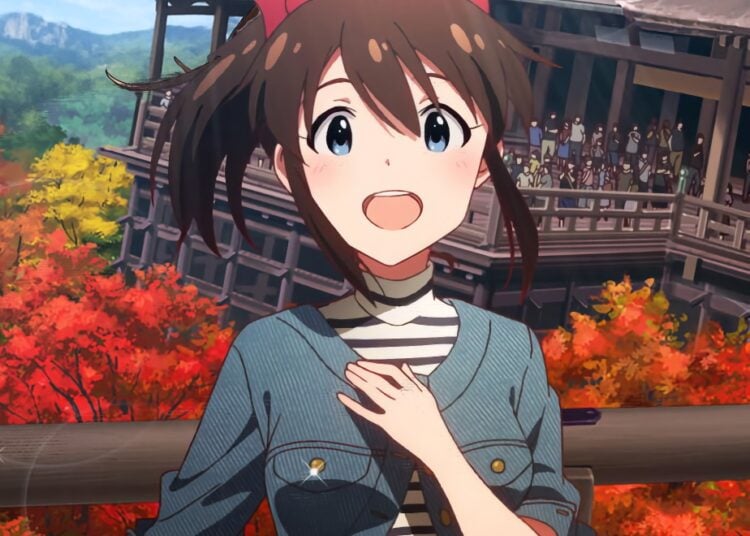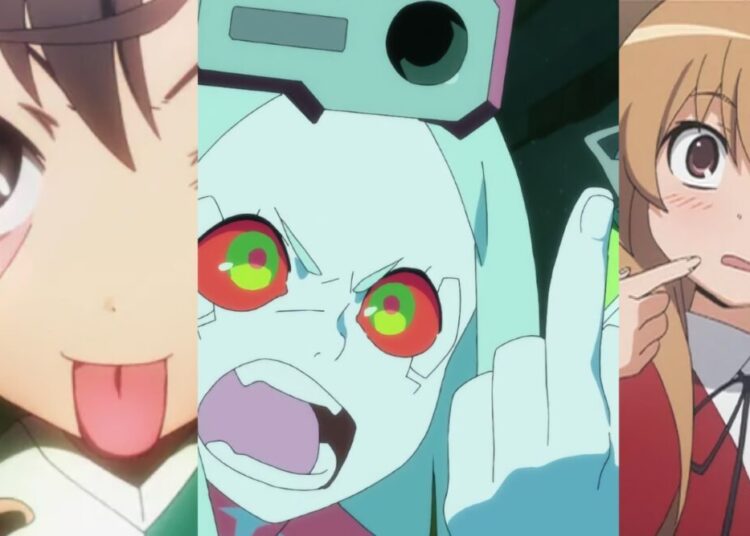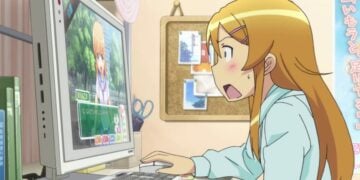My Japanese mother-in-law remarked the other day that, “You don’t see women with big stomachs very often these days.” At first I thought that women were getting thinner, but my wife said no, her mother had been referring to the dearth of pregnant women in Japan. It’s true — the birthrate here is the lowest in the industrialized world, just 1.38 children per couple, and it’s getting more and more common to see companies offering products and services to those over 65 over baby-related items. Many products for the elderly that might be taboo to advertise openly in some other countries, such as incontinence products or baldness treatments for women, are advertised on TV regularly here. Part of the reason for the falling birthrate is the high cost and extra stress of raising a child in Japan, especially for Tokyoites living in their usagi-goya (rabbit hutch) apartments. However, not all couples have only one or two children: it’s quite common to see variety TV shows documenting the daily lives of families with 12 or 15 children, showing what they do to help each other get through their day. Our favorite Japanese TV show, Hey! Spring of Trivia, had an interesting bit of information: according to current projections, the number of Japanese in the world in the year 3000 will be…7 people.
Japan’s writing system can be the most complex aspect of the language, since it combines three separate systems: hiragana and katakana, two syllable-based systems used for expressing Japanese and foreign words, respectively, and around 2000 kanji from China. While the two kana are not hard to master (although they look difficult when you first start), the real neck in studying Japanese is usually kanji, at least for “white boy” gaijin like me. But while kanji can be a challenge, it’s not nearly as hard as it looks. First of all, there’s a structure to kanji that’s quite logical — for example most characters that have to do with water or liquid have the same left half, called a “radical,” that refers to water. Kanji can usually be memorized by cutting them into four quadrants and writing them repeatedly, although be sure to pay attention to learning the correct stroke order. I knew that I would never be able to master something as difficult as kanji unless I really enjoyed studying it, so I came up with ways to reinforce my studies, for example reading manga or going to karaoke bars and reading the kanji on the screen. I had a Chinese friend who was taking level 1 of the Japanese Language Ability Test at the same time I was, and I made it my personal goal to get a higher score than her, despite her natural advantage in already reading kanji. I was lucky — I managed to beat her score by ten points.
It’s not very politically correct to say that all Japanese look the same, but when I first came to live in Japan, it took some time for my brain to get used to seeing so many faces with Japanese characteristics, which in some cases did look very similar to me at the time. After I’d taught English for a month, I took a train to Yokohama to see the sights of the city, and while there I kept thinking I was seeing my new students on the street, despite the fact that I was quite far from home. In reality, there’s a lot of variation in the faces of Japanese people, with Mongolian, Korean, Ainu, Portuguese and other blood coursing through the country, but it took me time to get used to my new environment. For the record, gaijin can look the same to Japanese, too, and I’ve been mistaken for other foreigners on several occasions, usually by older Japanese who haven’t had much experience with us. I usually smile and avoid correcting their mistake since it would embarrass them.















